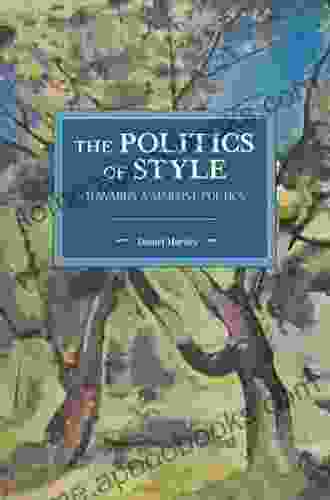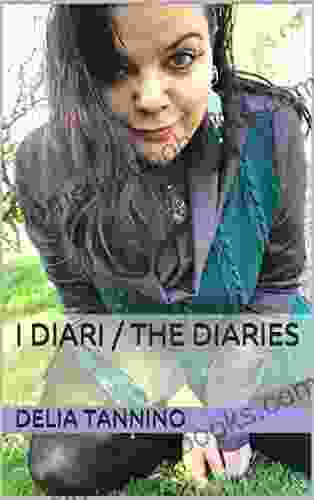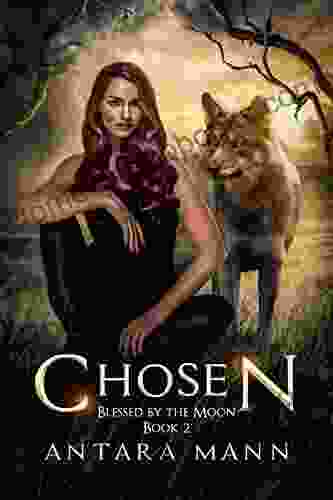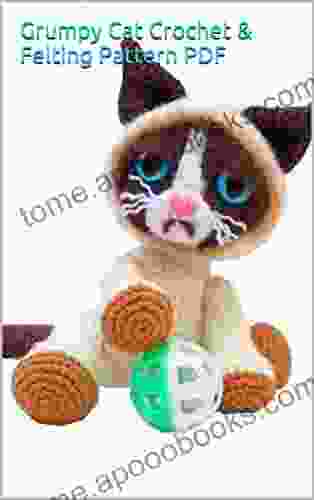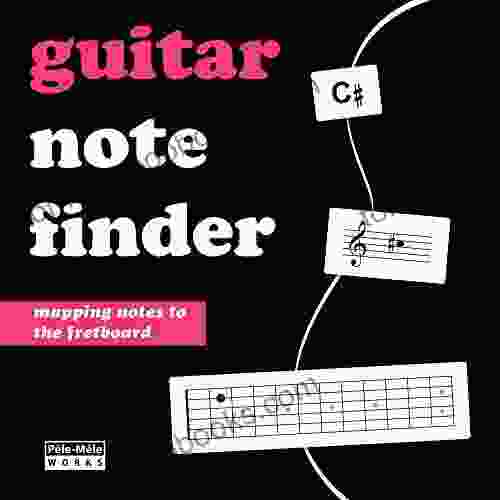Painting in the People's Republic of China: A Comprehensive Guide

Chinese painting is a rich and vibrant art form with a long and distinguished history. From the earliest cave paintings to the contemporary works of today, Chinese artists have created some of the most beautiful and enduring artworks in the world. In this comprehensive guide, we will explore the history, styles, techniques, and contemporary trends of painting in the People's Republic of China.
4.4 out of 5
| Language | : | English |
| File size | : | 12066 KB |
| Screen Reader | : | Supported |
| Print length | : | 130 pages |
| Paperback | : | 46 pages |
| Item Weight | : | 6.2 ounces |
| Dimensions | : | 8.27 x 0.12 x 11.69 inches |
History of Chinese Painting
The history of Chinese painting can be traced back to the Neolithic period, when artists created simple cave paintings depicting animals, humans, and scenes from everyday life. During the Han dynasty (206 BCE-220 CE),Chinese painting began to develop its own unique style, characterized by its use of ink and brush on silk or paper. This style was further refined during the Tang dynasty (618-907 CE),which saw the emergence of great masters such as Li Sixun and Wu Daozi.
The Song dynasty (960-1279 CE) was a golden age for Chinese painting. During this time, artists developed new techniques for depicting landscapes, flowers, and birds. The Yuan dynasty (1279-1368 CE) saw the rise of the literati painting movement, which emphasized the importance of self-expression and the use of calligraphy in painting. The Ming dynasty (1368-1644 CE) was another period of great creativity, with artists such as Shen Zhou and Wen Zhengming creating some of the most famous works of Chinese painting.
The Qing dynasty (1644-1912 CE) saw the decline of the literati painting movement and the rise of new styles, such as the Yangzhou school and the Shanghai school. In the 20th century, Chinese painting was influenced by Western art, and new styles emerged, such as the New Ink Movement and the Contemporary Ink Movement.
Styles of Chinese Painting
There are many different styles of Chinese painting, each with its own unique characteristics. Some of the most common styles include:
- 山水画 (Shan shui hua): Landscape painting is one of the most popular styles of Chinese painting. It typically depicts mountains, rivers, trees, and other natural features. Landscape paintings are often used to express the artist's feelings about nature and the world around them.
- 人物画 (Ren wu hua): Figure painting is another popular style of Chinese painting. It typically depicts people, either alone or in groups. Figure paintings can be used to express a wide range of emotions, from joy to sorrow.
- 花鸟画 (Hua niao hua): Flower and bird painting is a style of Chinese painting that depicts flowers, birds, and other animals. Flower and bird paintings are often used to express the artist's joy in the beauty of nature.
- 书法 (Shu fa): Calligraphy is a form of Chinese painting that uses ink and brush to create characters. Calligraphy is often used to express the artist's thoughts and feelings, and it can also be used to create beautiful works of art.
Techniques of Chinese Painting
Chinese painting is created using a variety of techniques, including:
- Ink wash painting: Ink wash painting is a technique that uses ink and water to create tonal gradations. Ink wash paintings are often used to depict landscapes and flowers.
- Brush painting: Brush painting is a technique that uses a brush and ink to create lines and shapes. Brush paintings can be used to depict a wide range of subjects, including people, animals, and landscapes.
- Calligraphy: Calligraphy is a form of Chinese painting that uses ink and brush to create characters. Calligraphy can be used to express the artist's thoughts and feelings, and it can also be used to create beautiful works of art.
Contemporary Trends in Chinese Painting
In recent years, there has been a resurgence of interest in Chinese painting. Contemporary Chinese artists are experimenting with new techniques and styles, and they are creating works that are both innovative and traditional. Some of the most popular contemporary trends in Chinese painting include:
- The New Ink Movement: The New Ink Movement is a movement that emerged in the 1950s and 1960s. It is characterized by its use of ink and water to create abstract works of art. The New Ink Movement was influenced by Western abstract expressionism, but it also has its own unique Chinese characteristics.
- The Contemporary Ink Movement: The Contemporary Ink Movement is a movement that emerged in the 1980s and 1990s. It is characterized by its use of ink and brush to create works that are both traditional and contemporary. The Contemporary Ink Movement is influenced by both Chinese and Western art, and it has produced a wide range of new and innovative works of art.
Painting in the People's Republic of China is a rich and vibrant art form with a long and distinguished history. From the earliest cave paintings to the contemporary works of today, Chinese artists have created some of the most beautiful and enduring artworks in the world. This comprehensive guide has provided an overview of the history, styles, techniques, and contemporary trends of painting in the People's Republic of China. We hope that you have found this guide to be informative and inspiring.
Image Credits
- Figure 1: Landscape with Pavilion by Ma Yuan (c. 1190-1225 CE). Metropolitan Museum of Art, New York.
- Figure 2: Flowering Plum Tree by Qi Baishi (1864-1957 CE). British Museum, London.
- Figure 3: Waterfall on Stone Mountain by Wu Guanzhong (1919-2010 CE). Museum of Modern Art, New York.
4.4 out of 5
| Language | : | English |
| File size | : | 12066 KB |
| Screen Reader | : | Supported |
| Print length | : | 130 pages |
| Paperback | : | 46 pages |
| Item Weight | : | 6.2 ounces |
| Dimensions | : | 8.27 x 0.12 x 11.69 inches |
Do you want to contribute by writing guest posts on this blog?
Please contact us and send us a resume of previous articles that you have written.
 Book
Book Novel
Novel Page
Page Chapter
Chapter Text
Text Story
Story Genre
Genre Reader
Reader Library
Library Paperback
Paperback E-book
E-book Magazine
Magazine Newspaper
Newspaper Paragraph
Paragraph Sentence
Sentence Bookmark
Bookmark Shelf
Shelf Glossary
Glossary Bibliography
Bibliography Foreword
Foreword Preface
Preface Synopsis
Synopsis Annotation
Annotation Footnote
Footnote Manuscript
Manuscript Scroll
Scroll Codex
Codex Tome
Tome Bestseller
Bestseller Classics
Classics Library card
Library card Narrative
Narrative Biography
Biography Autobiography
Autobiography Memoir
Memoir Reference
Reference Encyclopedia
Encyclopedia Audrey Kirchner
Audrey Kirchner Appearance Publishers
Appearance Publishers Jackson Streit
Jackson Streit Meara Platt
Meara Platt Arushi Singh
Arushi Singh Karen Solomon
Karen Solomon David Huw Burston
David Huw Burston Eric C Wat
Eric C Wat Armand Hamouth
Armand Hamouth Artur Holde
Artur Holde Arvind G Kulkarni
Arvind G Kulkarni Austin Grayson
Austin Grayson Bonnie S Calhoun
Bonnie S Calhoun Anthony Weigh
Anthony Weigh Cass Morris
Cass Morris Antonia Chen
Antonia Chen Antony Taubman
Antony Taubman Mali Apple
Mali Apple Arthur Rimbaud
Arthur Rimbaud Anthony D Darden
Anthony D Darden
Light bulbAdvertise smarter! Our strategic ad space ensures maximum exposure. Reserve your spot today!
 Thomas MannFollow ·4.7k
Thomas MannFollow ·4.7k Jedidiah HayesFollow ·6.7k
Jedidiah HayesFollow ·6.7k Harrison BlairFollow ·13.6k
Harrison BlairFollow ·13.6k Colt SimmonsFollow ·19.4k
Colt SimmonsFollow ·19.4k William PowellFollow ·4.5k
William PowellFollow ·4.5k Felix HayesFollow ·15.6k
Felix HayesFollow ·15.6k Lucas ReedFollow ·2.5k
Lucas ReedFollow ·2.5k Louis HayesFollow ·8.2k
Louis HayesFollow ·8.2k
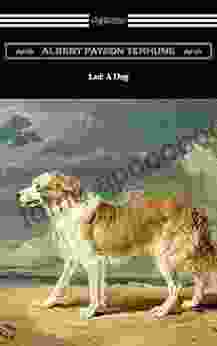
 Gabriel Garcia Marquez
Gabriel Garcia MarquezLad Dog Baby Professor: The Perfect Book for Your Child
Lad Dog Baby...
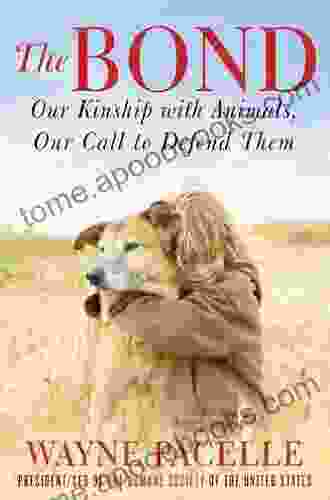
 Fredrick Cox
Fredrick CoxAn Excerpt With Fifty Ways To Help Animals Promo Books:...
: Embracing Animal...
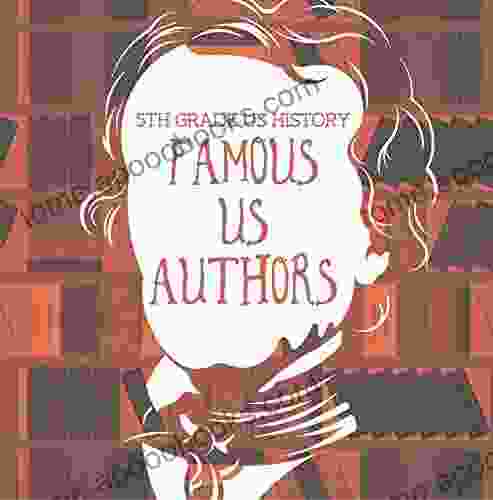
 Kelly Blair
Kelly Blair5th Grade US History: Famous US Authors: Fifth Grade...
Step into a captivating world of historical...
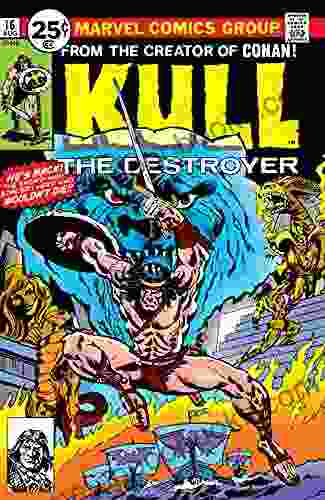
 Natsume Sōseki
Natsume SōsekiKull the Destroyer: A Timeless Tale of Sword and Sorcery
The Creation of a...

 Jim Cox
Jim CoxDas Ist Supertoll: Unlocking the Magic of German for Kids
Immersive Learning with...

 Bruce Snyder
Bruce SnyderUnlock the World of Quilting for Kids: Discover "Quick...
Are you ready to embark on a delightful...
4.4 out of 5
| Language | : | English |
| File size | : | 12066 KB |
| Screen Reader | : | Supported |
| Print length | : | 130 pages |
| Paperback | : | 46 pages |
| Item Weight | : | 6.2 ounces |
| Dimensions | : | 8.27 x 0.12 x 11.69 inches |


